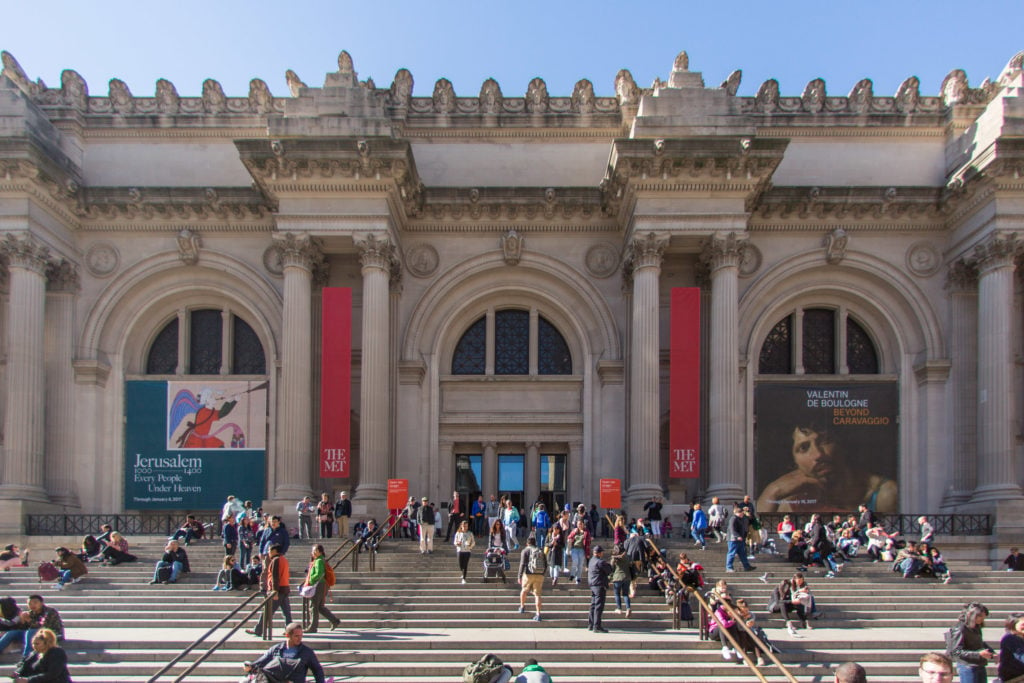Art World
With an Assist From Google, the Met Will Make More Than 406,000 Digital Images of Art Publicly Available
The museum continues to expand its ambitious open access program.

The museum continues to expand its ambitious open access program.

Henri Neuendorf

As part of its mission to make art as accessible as possible, the Met has announced the launch of its own API, or application program interface, in an effort to expand the open access program it established in 2017.
Under the new initiative, the Met Collection API will allow third parties to integrate more than 406,000 digital images and the data of 205,000 objects from its vast collection into their websites, making the digital assets publicly available for unrestricted use under a Creative Commons Zero license.
As the Met’s chief digital officer Loic Tallon describes it, the move will make “5,000 years of history” available online.
To get the ball rolling, the museum has partnered with Google to integrated the Met’s digital archive into the tech giant’s popular Arts & Culture application.
“The new Met Collection API further enables the Museum to connect its vast resources with our audiences on a global scale, which is absolutely fundamental to our mission as an encyclopedic museum in the 21st century,” Met director Max Hollein, said in a statement. “As a next step in our Open Access program, it ensures that the most current collection of images and data are accessible and available to the public and our partners, making the Met collection one of the most discoverable and useful on the internet.”
The importance of making museum data publicly available goes beyond perusing pretty pictures. Giving researchers access to data can reveal crucial insights into our culture. For example, students at UCLA used collection data from cultural institutions to map information on what artifacts we have chosen to canonize, and what this says about our culture and society.
“When you look at the aspects of a collection that can be expressed as data, you can see trends that turn out to be important, but which can’t necessarily be deduced just by looking at individual artworks,” Dr. Miriam Posner of UCLA told Mashable.
So, it’s not all that surprising that the Met has made online accessibility and the broad dissemination of its collection a key priority. According to Mashable, the institution has kept a staff of 60 people on the books to work on documenting and disseminating its world-class collection despite well-publicized financial problems, layoffs, and changes in leadership.